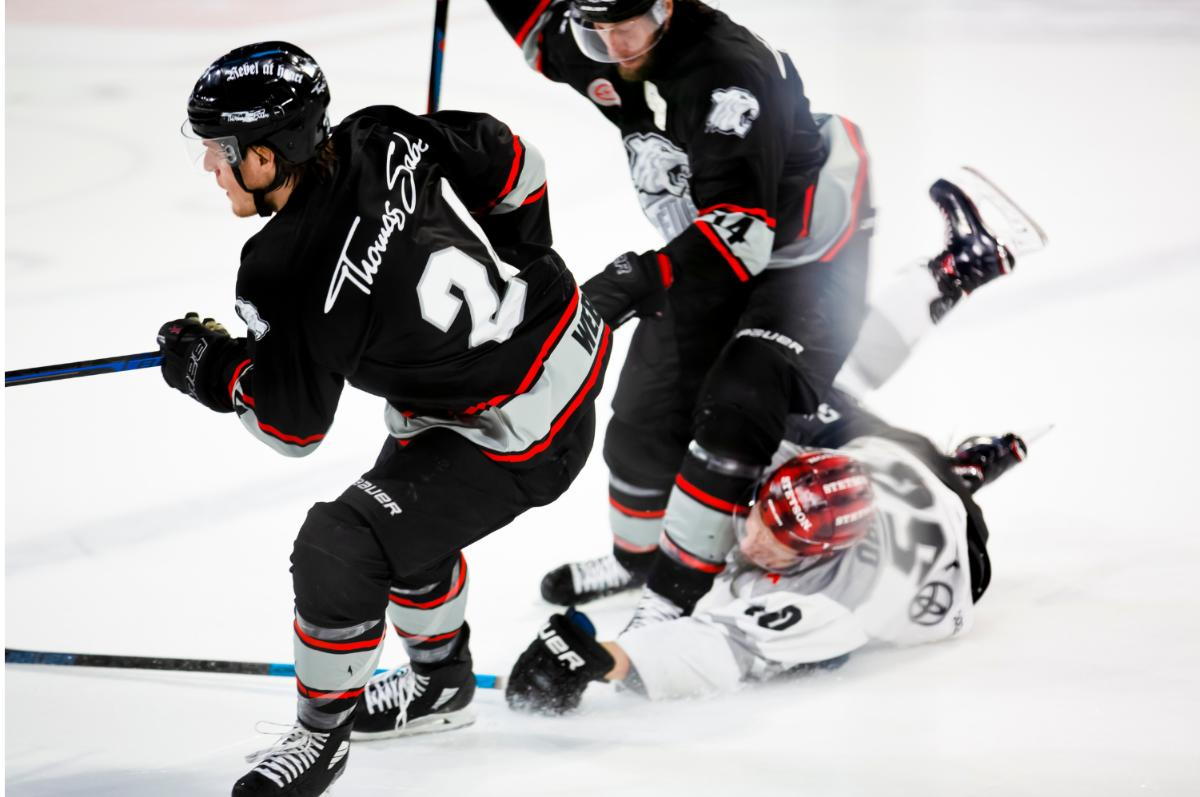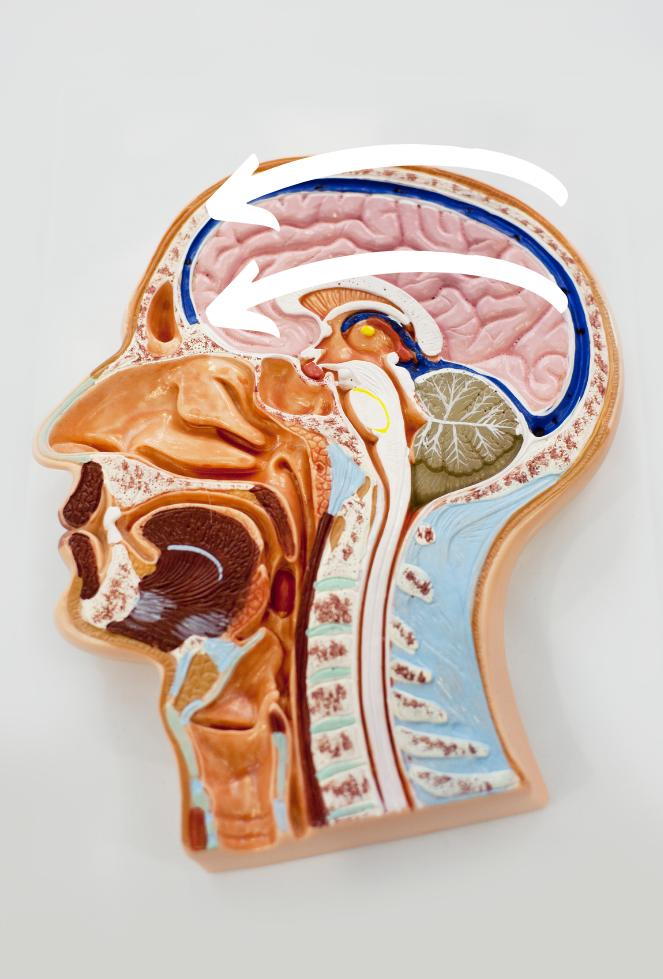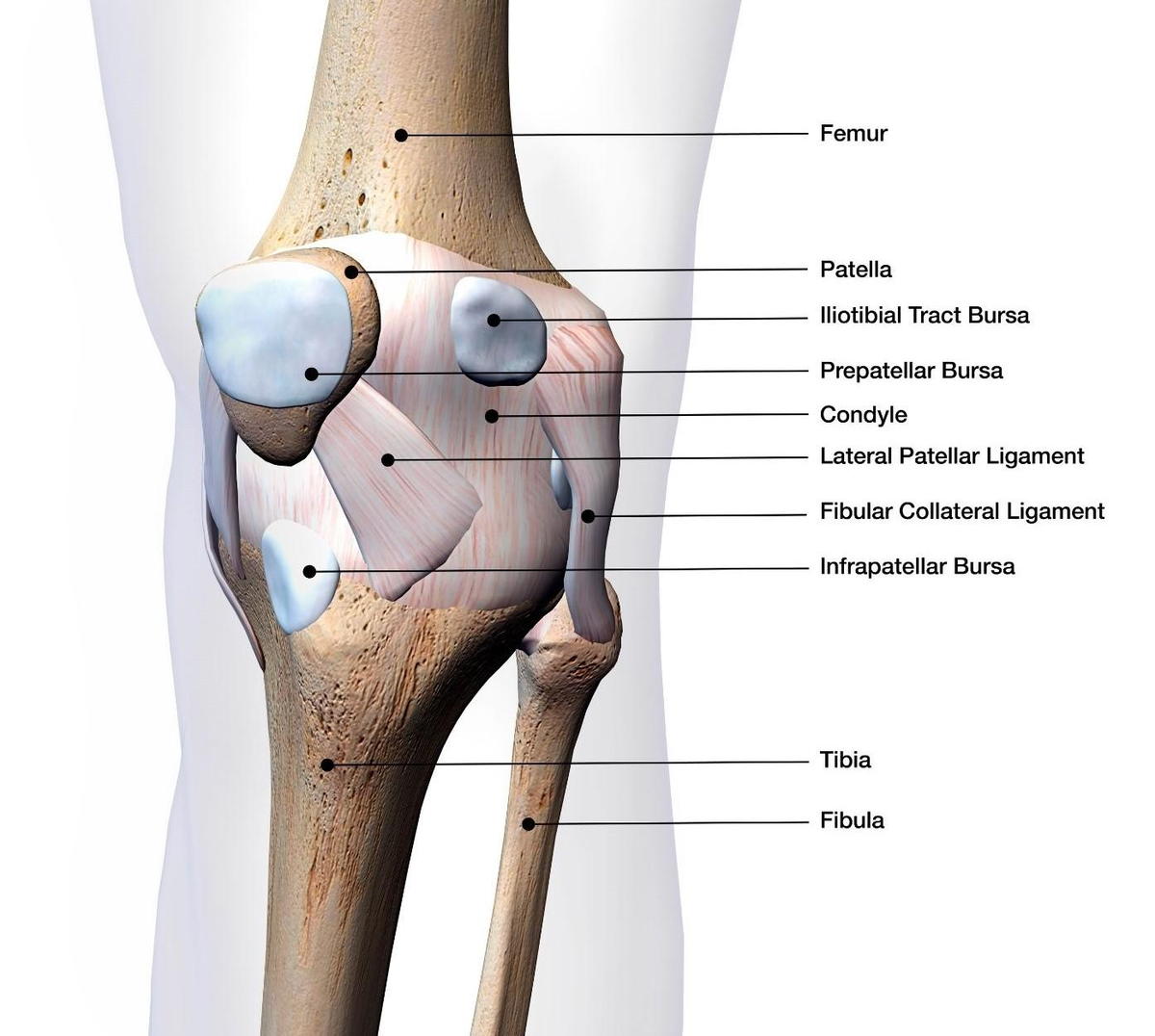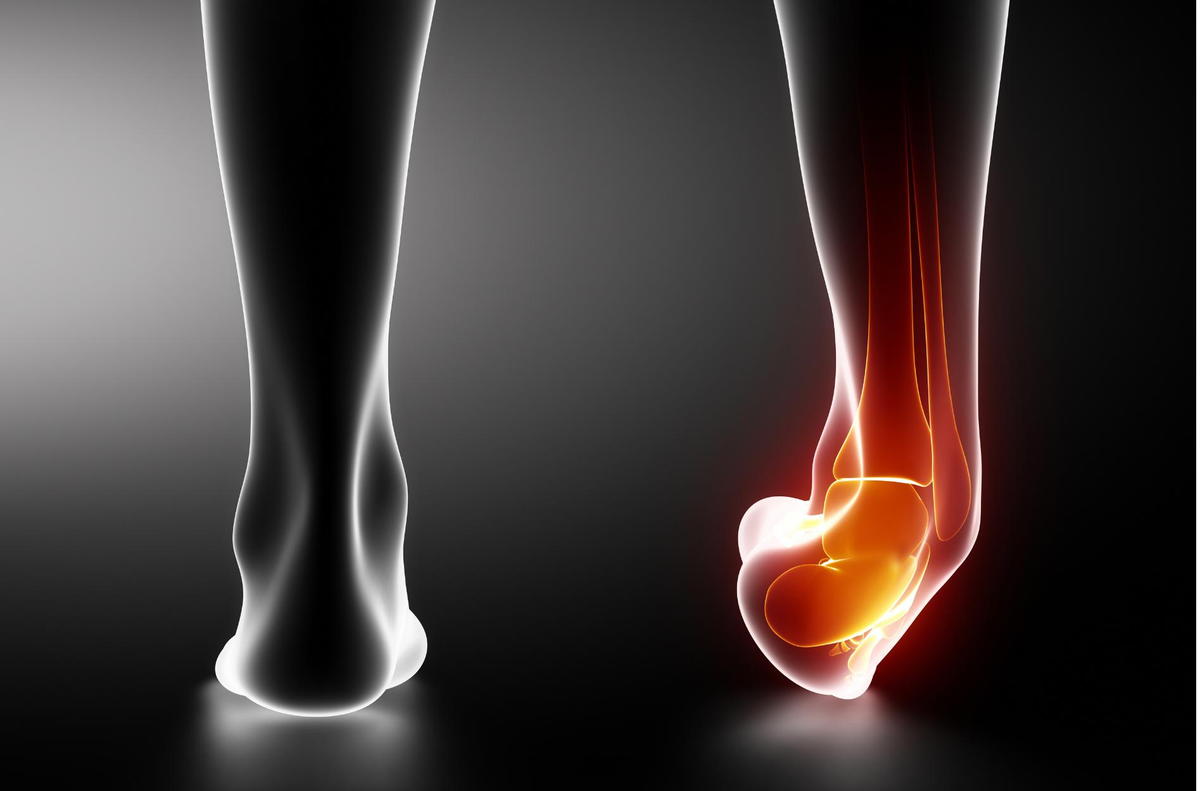5 Common hockey injuries and how to treat them?
posted: Oct. 05, 2020.

Top 5 Hockey Injuries:
If you live in a cold weather climate, chances are, hockey is a common winter sport. Here in Bozeman, we have a growing hockey culture, with the Bozeman Amateur Hockey Association growing this year to over 1000 members.
Hockey is typically (perhaps surprisingly,) a fairly safe sport. However like all sports, things can go wrong. Here are the top 5 injuries we see in hockey:
1. Concussion
Concussions are common when a skater careens into the boards, or is hit by another player. Common concussion symptoms are:
-Headache or a feeling of pressure in the head
-Temporary loss of consciousness
-Confusion or feeling as if in a fog
-Amnesia surrounding the traumatic event
-Ringing in the ears
-Vomiting
-Nausea
-Vomiting
-Dizziness or "seeing stars:
These symptoms are caused by bruising of the brain due to impact to the head
It is important to note, a concussion is much easier to get, with less of an impact, within days or weeks of a previous concussion.
It is imperative to follow post concussion guidelines for return to play, in order to minimize risk of permanent damage that can be caused by an additional concussion.
1-12 weeks healing time
For more information on concussions read our blog article on concussions.
2. AC Separation
An AC joint separation, or “shoulder separation” is different than a shoulder dislocation. There are ligaments at the point of the collarbone (clavicle) which tie it into the shoulderblade (scapula) in order to create the shoulder “socket”. A shoulder separation is tearing or spraining of these ligaments. Typically in a shoulder separation, the “ball” on the top of the arm bone remains in the “socket” of the shoulder, but the collarbone often becomes excessively mobile, or unstable.
This injury is commonly caused by hard impact to the top of the shoulder, and I see them when players go head or shoulder-first into the boards.
The three ligaments attach the Acromion (part of the shoulderblade) to the clavicle. AC separations are based on the degree of separation and extent of ligament tear
These are graded by severity:
Grade I
-Minimal disruption and slight sprain of the AC ligaments
Grade II
-Partial tearing (spraining) of the AC ligaments
Grade III
-Complete separation and tear of all AC ligaments
If the injury is a more severe Grade III, a bump caused by the separated AC joint may be seen or felt at the tip of the shoulder bones.
Sometimes (rarely), surgical reconstruction is undertaken, as grade I-II can heal in as little as 3-4 weeks
3. Knee ligament injury
With any sport, knees are a common concern, and hockey is no exception. There are several things that can happen to your knees, here are 3:
ACL
-Commonly injured during pivoting with a planted foot
-Injured with blow to the lateral side of a planted foot
-Creates instability that prevents the athlete from descending stairs without pain and severe shifting of the knee.
-May not heal without surgical reconstruction
-6-8 months
MCL
-Commonly injured with blows to the lateral knee
-Holds the medial portion (inside part) of the knee together
-Sometimes reconstructed
-Healing time 1-6 months
Meniscus
-Cups the joint surface of the thighbone onto the shin bone.
-Commonly torn in twisting or blows to the lateral knee
-Can cause locking with knee bent if a “bucket-handle” tear
-Meniscectomy (partial or complete removal of this cartilage) is sometimes undertaken, or sometimes reconstructed.
-Healing time 2 weeks-6 months
4. Groin/Adductor Tear
A groin tear is a strain of the muscles which adduct, or pull the leg from a drawn outward position back to a more straight up and down position.
These can be injured if the athlete goes into the “splits” without the proper flexibility.
Rarely need surgery
Healing time: 4-16 weeks depending on severity
5. Ankle Sprain/High Ankle sprain
Ankle sprains and “high” ankle sprains are different.
An ankle sprain, or inversion sprain, is an injury to the outside of the ankle, when the foot is forcefully turned inward. The ligaments and tissues injured are those which connect the foot bones to the lower leg bones.
A high ankle sprain is an injury to the ligaments which connect the two shin bones, above the ankle.
With a high ankle sprain, there is pain with walking and often significant bruising and swelling across the higher ankle rather than around the outside of the foot or lower on the ankle.
Sometimes surgically reconstructed
6-18 weeks healing time.
NOTES:
Concussion, AC separation, Knee, and Groin Tear images all courtesy of Wikimedia Commons
Ankle sprain Image courtesy wikiHow.com, from the article https://www.wikihow.com/Tape-a-High-Ankle-Sprain"